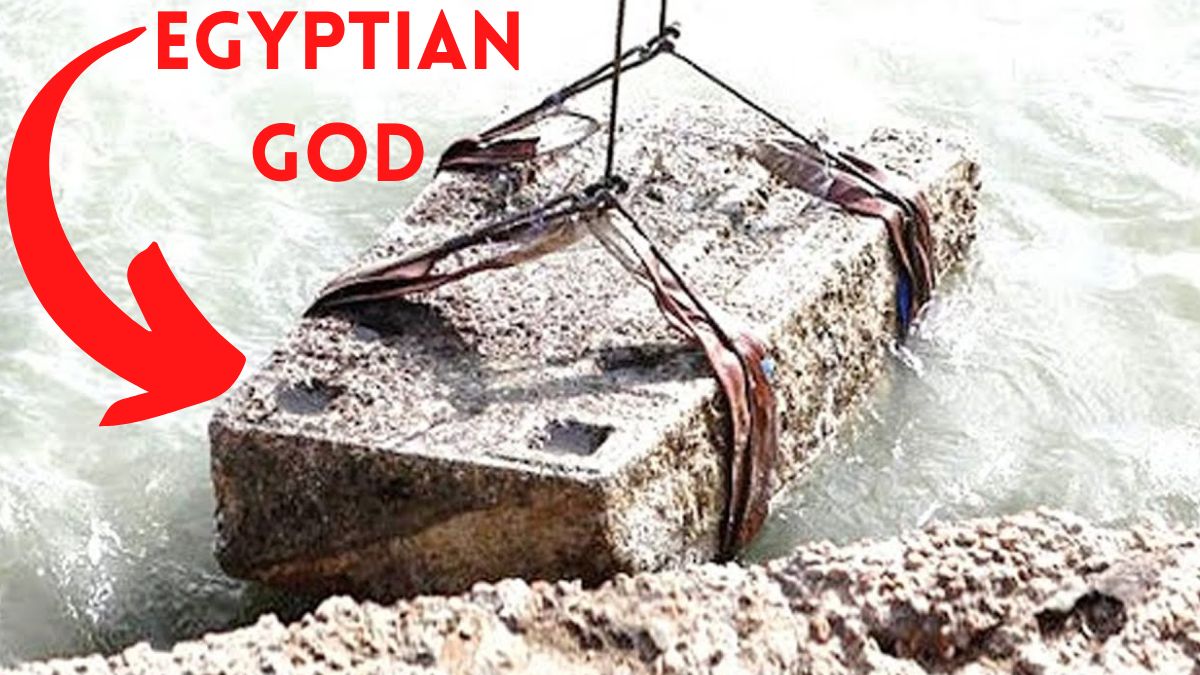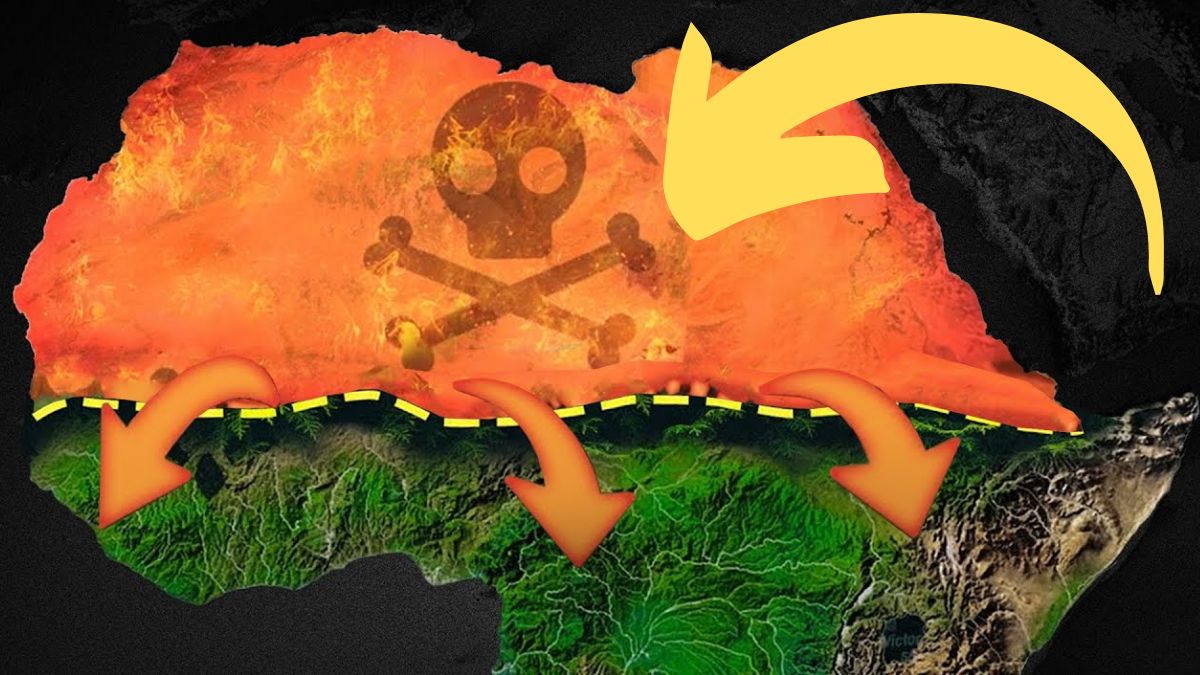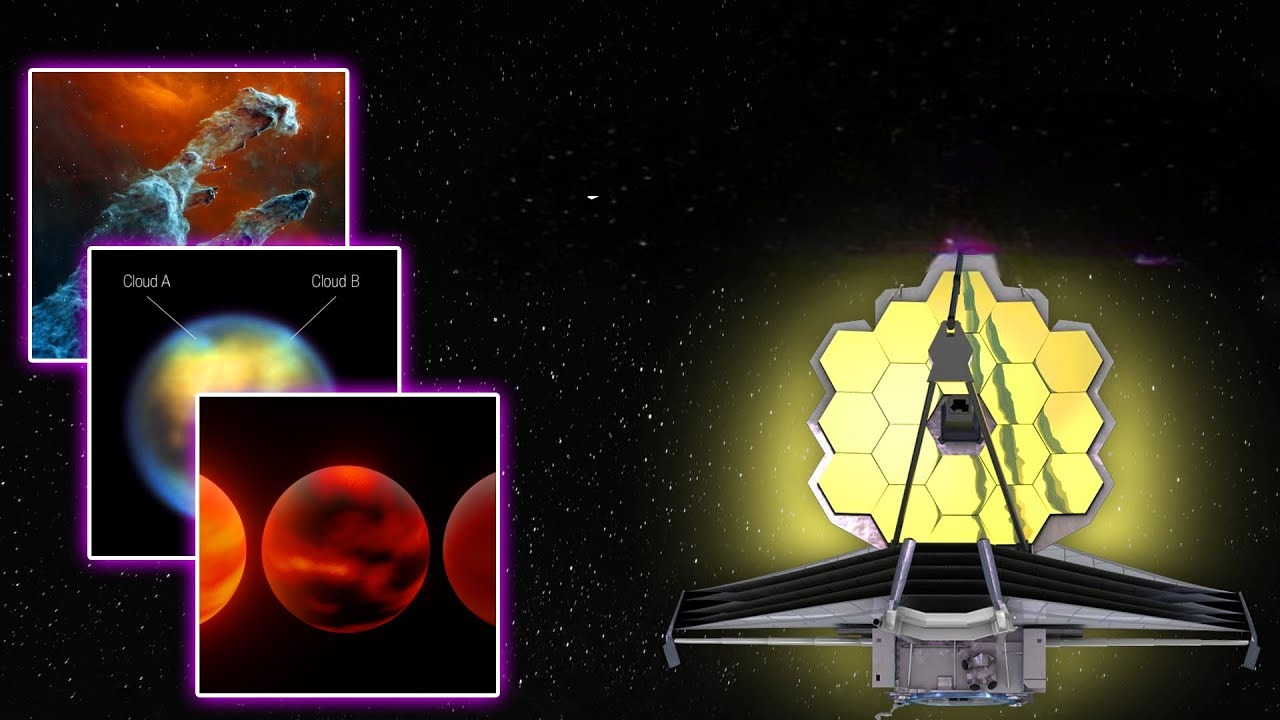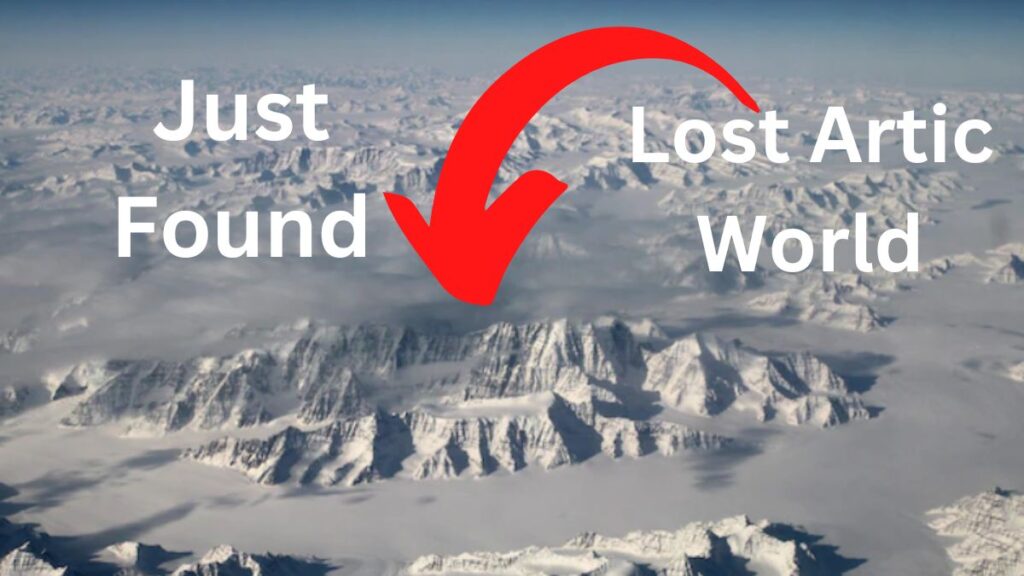
A new study has revealed that, two million years ago, the region of Greenland that is now a polar desert was actually a lush, forested area home to a diverse range of animal species, including reindeer and mastodons.
This insight was made possible by the analysis of ancient DNA fragments, believed to be the oldest ever successfully analyzed. The researchers, led by geographer Mikkel Pedersen of the University of Copenhagen, have provided an “unprecedented” look into the ancient landscape of this region, located just 500 miles from the North Pole.
Scientists Just Found Zeus’s God Temple Sealed for Thousands Of Years
According to a team of researchers, the Arctic landscape of Greenland two million years ago was unlike any that exists today, with a unique mix of plant, insect, marine, and vertebrate species. The scientists discovered evidence of over a hundred different plant species, as well as nine vertebrate species that had never previously been found in Greenland, including small rodents and a trace of a mastodon. This ecosystem was able to thrive during a time when the polar region was much warmer than it is today, with temperatures ranging from 11 to 17 degrees Celsius (about 20 to 30 Fahrenheit) higher than current levels. This period serves as a valuable analogue for predicting the potential impacts of climate change in the future.
Brian Buma, an ecologist at the Environmental Defense Fund who was not involved in the study, has commented on the significance of the new findings, stating that they provide insight not only into the past, but also into a different climate reality. He adds that the existence of such a diverse and thriving ecosystem during a period of higher temperatures is encouraging, but it is important to consider that this ecosystem likely had a longer period of time to adapt and evolve compared to the rapid rate of warming currently occurring on Earth.
Scientists just found a Potential Link between Climate Change and plant nutrition
Rich Landscape
Understanding the past of the Arctic region is crucial in predicting its future, particularly given the rapid rate of warming currently occurring in the area, which is seeing an increase of at least 0.5 degrees Celsius (about 1 degree Fahrenheit) per decade and winter temperatures that have risen by 6C (about 10F) since the 1980s. According to study co-author Ekse Willerslev, an evolutionary geneticist at the University of Cambridge, this is one of the only ways to gauge how nature may respond to increasing temperatures, which could potentially reach levels similar to those seen during the time period represented in the ancient DNA samples analyzed in the study.
Scientist Says “We have Just Received A Signal From A Parallel Universe”
While the time period represented in the study, roughly two million years ago, is not a perfect analogy for the future, it does provide valuable insights into the potential consequences of warming temperatures. During this era, Earth had been experiencing high temperatures for several million years but was cooling down towards a climate state more similar to what is experienced today, characterized by alternating periods of cold and warm temperatures. Despite this cooling trend, the study found that the previous warmth had supported the development of diverse and thriving forests in the Arctic region, populated by a range of vertebrate species including camels, bears, and beavers.
Paleobiologist Natalia Rybczynski, who was not involved in the study, notes the remarkable persistence of a diverse range of species, including trees like red cedar and animals like horseshoe crabs and reindeer, in the Arctic region even as the climate began to cool. The presence of these species, particularly those that require a high level of productivity in their habitat such as reindeer and mastodon, suggests that the landscape was highly productive and supported a range of plant and animal life, including species that are normally found in warmer climates like the Gulf Stream waters of the eastern U.S.
While the research team did not find any genetic traces of carnivores in their analysis, it is likely that these animals were present in the ecosystem, albeit in low numbers. According to Mikkel Pedersen, one of the authors of the study, the rarity of carnivores may explain the absence of their genetic material in the samples analyzed, but he believes that with continued sequencing and sampling, evidence of these animals’ presence in the ecosystem may be found.
Former NASA Worker Just Made A Terrifying Announcement
Amazing Scientific Advancements
While the research team did not find any genetic traces of carnivores in their analysis, it is likely that these animals were present in the ecosystem, albeit in low numbers. According to Mikkel Pedersen, one of the authors of the study, the rarity of carnivores may explain the absence of their genetic material in the samples analyzed, but he believes that with continued sequencing and sampling, evidence of these animals’ presence in the ecosystem may be found.
The research team behind the study on the ancient Arctic ecosystem of Greenland utilized a variety of techniques and strategies to analyze the DNA fragments, which are thought to be around a million years older than any previously analyzed samples. These included targeting clay particles, which are known to preserve DNA particularly well, and using “shotgun” sequencing to analyze all DNA fragments, even those as small as 30 base pairs.
Through these efforts, the team was able to infer a comprehensive understanding of the ancient ecosystem from these tiny bits of preserved DNA, an achievement that evolutionary biologist Beth Shapiro of the University of California, Santa Cruz described as “almost magical.”
As technology improves, we continue to surpass the age limits we set for ourselves in terms of our ability to analyze and understand old samples.
Explore:

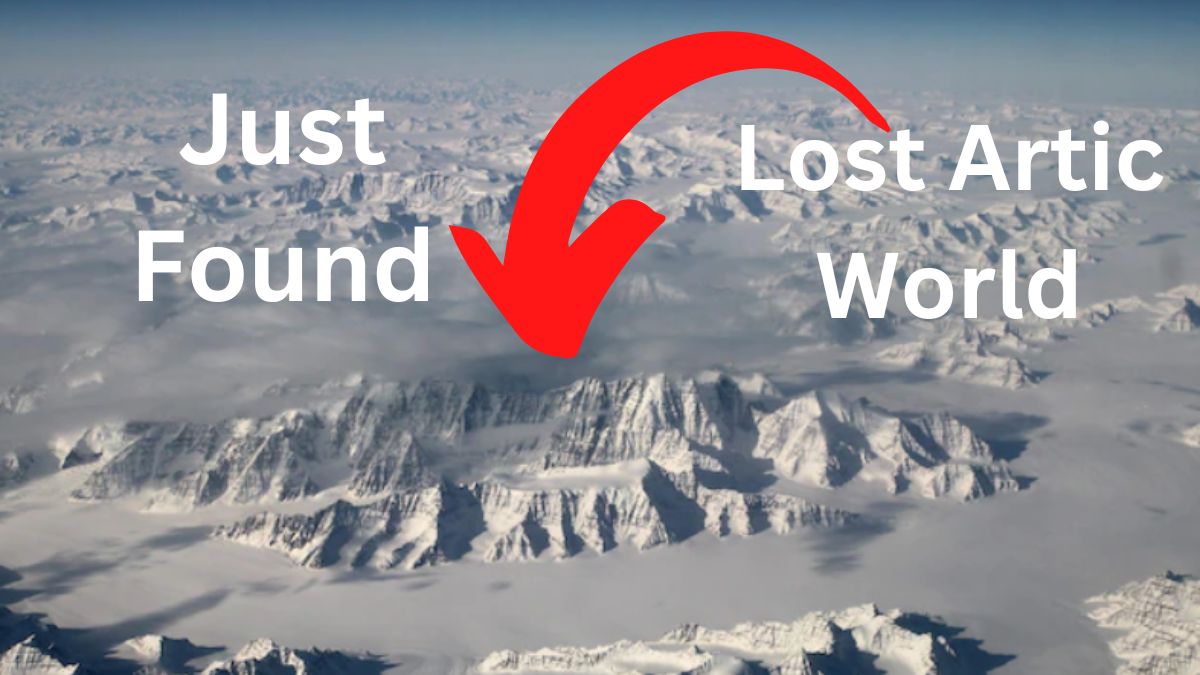
![“[God DNA] Proves Presence of God” says Scientists God DNA](https://spaceupper.com/wp-content/uploads/2021/10/God-DNA.jpg)

